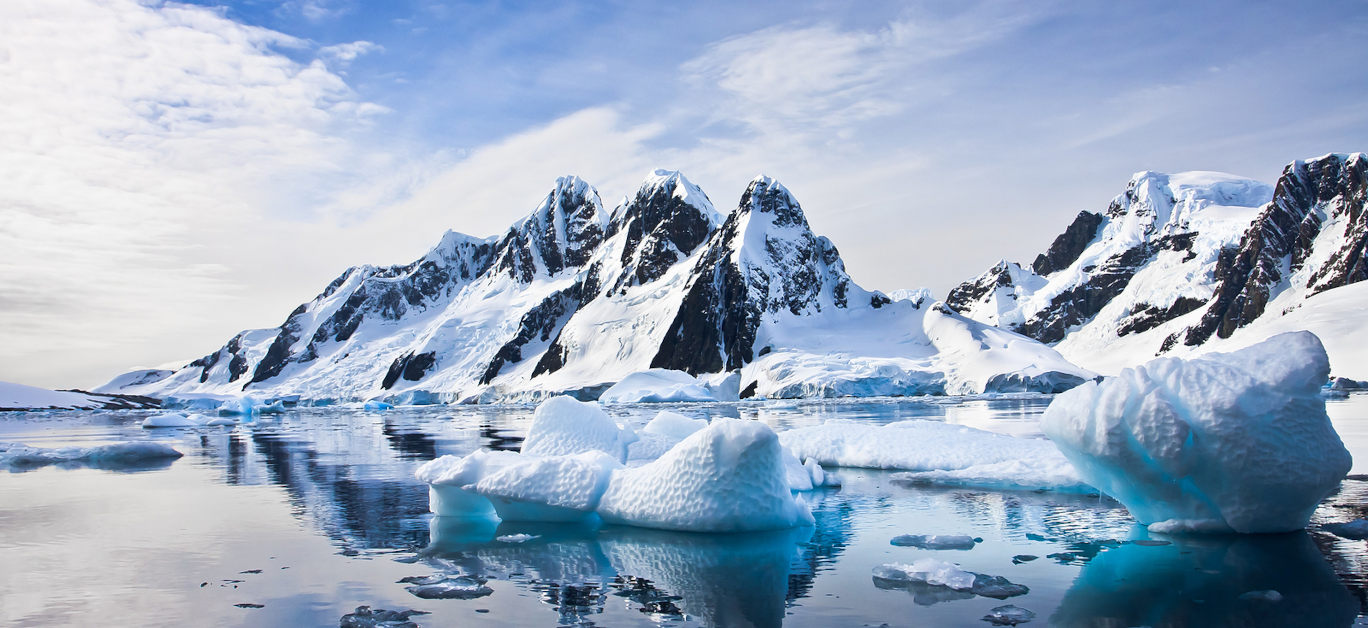Nestled at the bottom of the world, Antarctica is a land of extremes. Covering an area of over 14 million square kilometres, it is larger than Europe and almost twice the size of Australia, and despite being mostly covered in ice, this desolate landscape offers a beauty that words can hardly do justice.
Antarctica is known for its harsh climate, with temperatures dropping to bone-chilling depths. The lowest temperature ever recorded on Earth was -89.2 degrees Celsius in Antarctica! However, don’t let this deter you from exploring its wonders – there are still pockets where temperatures are relatively mild during summer months.
This pristine wilderness also holds several records when it comes to geography. Mount Vinson stands tall as Antarctica’s highest peak, reaching 16,050 feet (4,892 meters) above sea level. Additionally, buried beneath miles of ice lies Lake Vostok – one of the largest subglacial lakes on our planet.
With no permanent population or countries claiming sovereignty over its territory (aside from scientific research stations), Antarctica remains a true haven for wildlife and untouched landscapes. Its remoteness has preserved its natural splendour and made it a sanctuary for countless species such as penguins, seals, whales, and seabirds.
This untouched icy paradise beckons those with an intrepid spirit and a taste for the extraordinary. Whether you’re yearning to witness incredible wildlife up close or simply long to set foot on one of Earth’s last frontiers, taking part in one of the renowned Antarctica tours promises to be an awe-inspiring journey like no other.
Below, we will answer all of your burning questions about planning your visit to this enchanting destination.
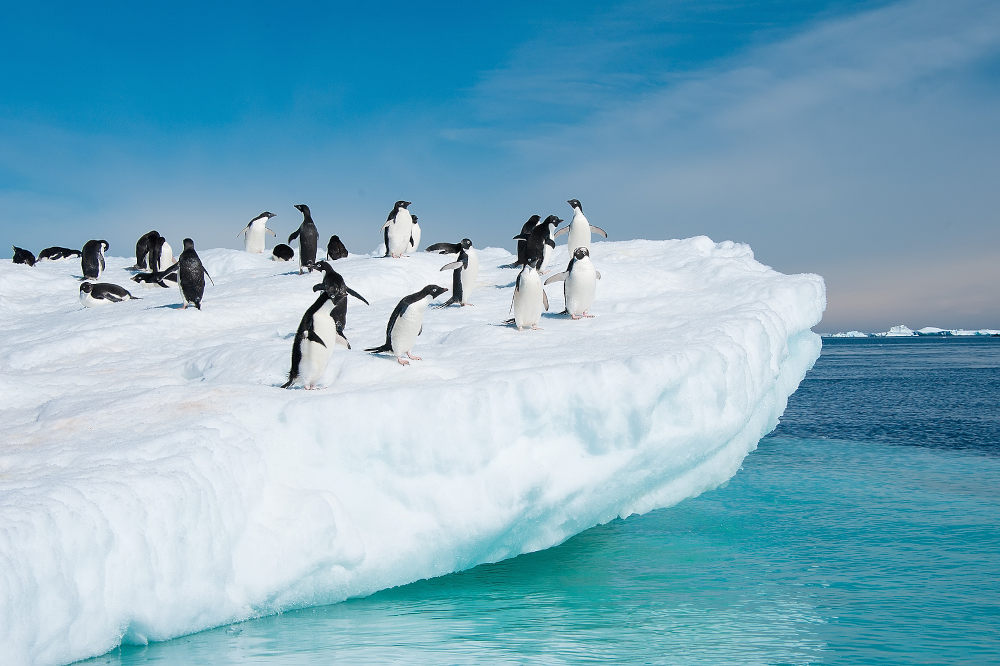
When is the best time to visit Antarctica?
If you are interested in experiencing the beauty of Antarctica during its warmest months, then December to February is the ideal time to go. During these months, temperatures range from -2°C to 8°C, making it more bearable for outdoor activities like hiking and kayaking. Plus, with longer daylight hours, you’ll have more time to explore and take in the breath-taking scenery.
On the other hand, if you’re eager to witness some unique wildlife encounters such as penguin courtship rituals or seal pupping season, November is a great month to visit. It’s also worth mentioning that March can offer fantastic whale-watching opportunities as they migrate northward.
Keep in mind that weather conditions can be unpredictable in Antarctica no matter what time of year you go. Therefore, it’s essential to pack appropriate clothing layers and be prepared for changing weather patterns.
How long should I visit Antarctica for?
Many travellers opt for a two-week trip, as it allows ample time to explore various regions and partake in different activities. During this duration, you can embark on thrilling expeditions, go kayaking among icebergs, hike through breath-taking landscapes, and even camp overnight on the icy terrain.
However, if you have more time available, extending your stay beyond two weeks can offer an even more immersive experience. A longer trip allows for deeper exploration of Antarctica’s diverse ecosystems and wildlife habitats. You may also have the opportunity to visit less frequented areas or undertake specialised activities such as photography workshops or scientific research programmes.
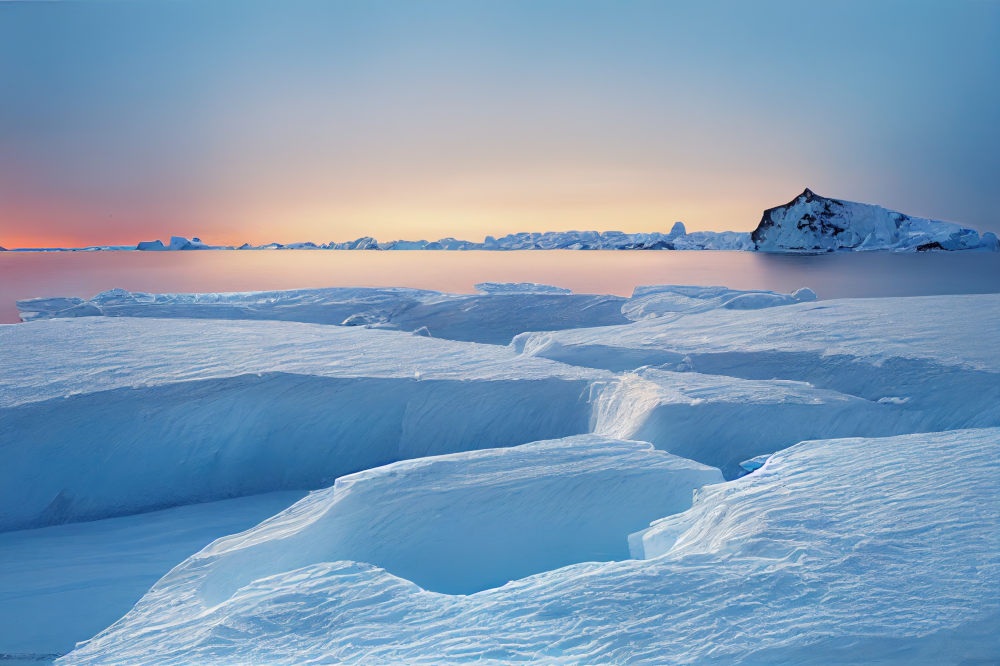
On the other hand, if you are limited on time or prefer a shorter adventure, there are also options for shorter trips that range from four to seven days. While these may provide a taste of what Antarctica has to offer, keep in mind that they will be more focused on specific highlights and may not allow as much flexibility for exploration.
How much is a two-week trip to Antarctica?
While the exact cost can vary depending on factors such as the time of year, the type of accommodation, and the activities included in the itinerary, it’s safe to say that a luxury expedition to Antarctica does come with a significant price tag.
A basic, no-frills expedition could cost around £5,000 to £7,000 per person, while a more luxurious journey could range from £10,000 to £20,000 per person for a two-week trip. This may seem like quite an investment, but keep in mind that these expeditions are all-inclusive and offer once-in-a-lifetime experiences.
The cost typically covers transportation from your departure point (usually Argentina or Chile), accommodations aboard a luxury expedition ship or campsite on land, all meals and drinks onboard or at designated dining areas ashore, guided excursions and activities led by expert naturalists and researchers who provide valuable insights into Antarctic wildlife and ecosystems.
Additionally, some packages may include extras like kayaking excursions or helicopter rides for those seeking even more adventure. It’s important to note that these prices are based on double occupancy cabins; solo travellers may incur additional costs.
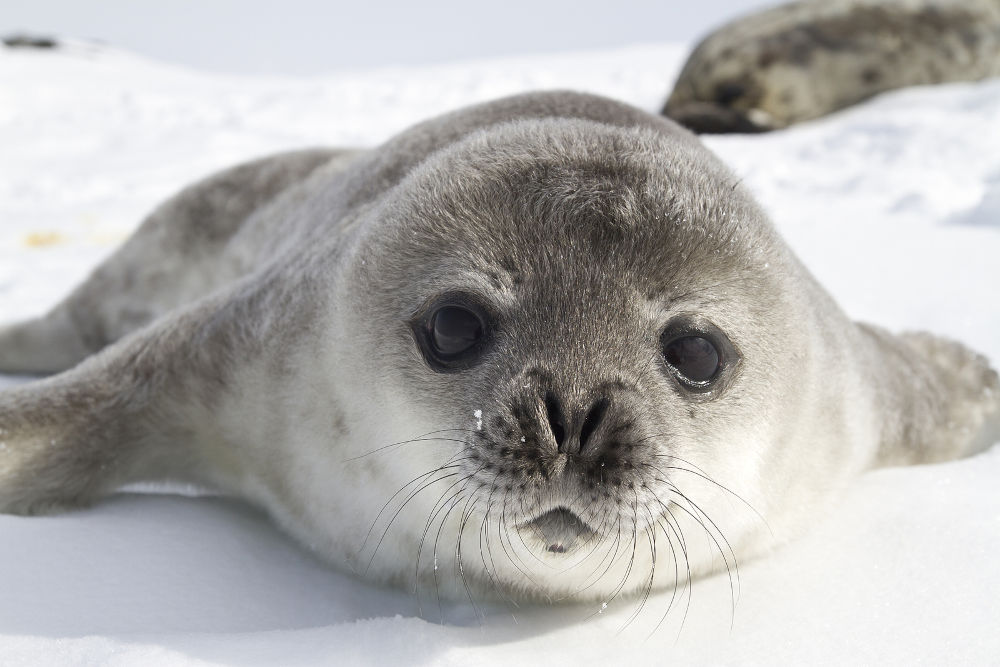
What to pack for a trip to Antarctica?
When embarking on a journey to the frozen wilderness of Antarctica, it’s important to be prepared with the right gear. The extreme conditions call for clothing and equipment that will keep you warm, dry, and comfortable.
First and foremost, make sure you have plenty of layers. Opt for thermal base layers made of moisture-wicking material that will help regulate your body temperature. Insulating mid-layers such as fleeces or down jackets are essential for trapping heat close to your body. And don’t forget a waterproof outer layer to protect against snow and ice.
Next, ensure you have sturdy waterproof boots with good traction. You’ll need them for exploring icy landscapes and getting in and out of Zodiac boats during excursions. Don’t skimp on quality when it comes to footwear – invest in reliable options that will keep your feet warm and dry.
Protecting your extremities is crucial in this harsh environment. Bring insulated gloves or mittens, along with hand warmers if desired. A hat that covers your ears is essential for keeping warmth from escaping through your head. And don’t forget high-quality sunglasses with UV protection – the glare off the snow can be intense!
Other essentials include sunscreen (yes, even in Antarctica!), lip balm with SPF, a good quality backpack or daypack for carrying essentials during excursions, binoculars for wildlife spotting opportunities, and a camera to capture unforgettable moments.
What is there to do in Antarctica?
This icy continent offers a plethora of unique and thrilling activities for adventurous souls. From exploring stunning landscapes to encountering incredible wildlife, Antarctica will leave you awe-inspired.
One of the main highlights of visiting Antarctica is undoubtedly the chance to witness its stunning natural beauty. Imagine standing on a pristine white landscape surrounded by towering glaciers and crystal-clear waters. It’s like stepping into another world altogether.
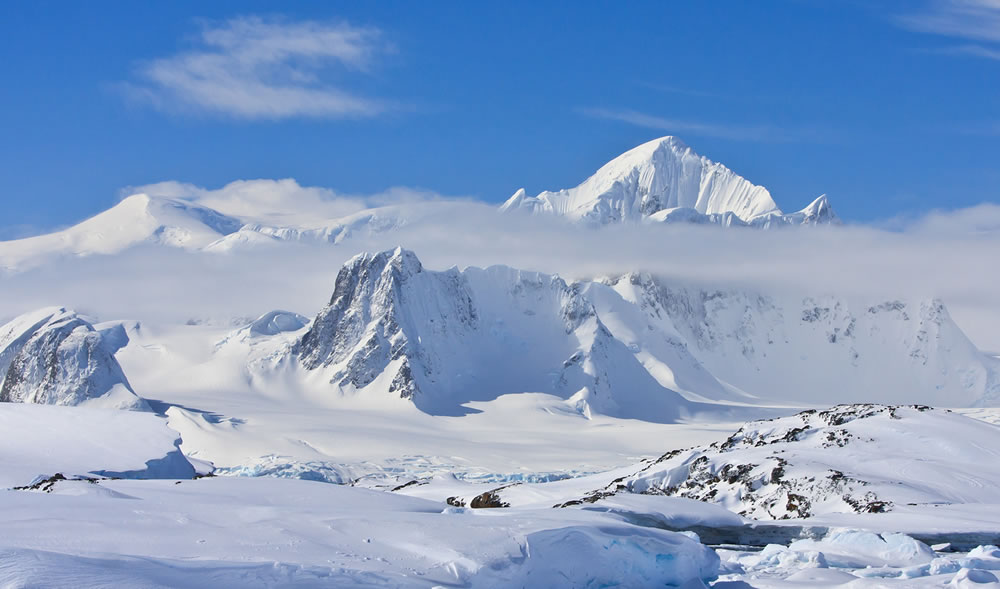
For those seeking a bit more adventure, there are plenty of exciting activities to partake in. Kayaking through icy fjords or taking a polar plunge into freezing waters are experiences that will get your heart pumping with adrenaline.
Photography enthusiasts will be in heaven as they capture magnificent shots of penguins waddling across the ice, seals basking under the sun, and majestic whales breaching from the depths below. For those interested in science and research, there are also opportunities to visit scientific stations and learn about ongoing studies being conducted on this remote continent.
What wildlife will I see in Antarctica?
One of the iconic species you can expect to encounter during your visit is the emperor penguin. Standing at over three feet tall, these majestic birds are perfectly adapted to survive the harsh Antarctic conditions. Watching them waddle across the ice or tending to their young chicks is truly a sight that will leave you breathless.
Another highlight of any Antarctic expedition is spotting various whale species. These magnificent creatures include humpback whales, minke whales, and even elusive orcas. Imagine witnessing these gentle giants gracefully gliding through icy waters – it’s an experience that words simply cannot do justice.
The Southern Ocean surrounding Antarctica also teems with abundant marine life such as seals and sea lions. You may catch glimpses of Weddell seals relaxing on floating ice or hear the raucous barks of fur seals echoing across pristine beaches.
As you explore further inland, keep your eyes peeled for other fascinating birdlife like albatrosses and petrels soaring above vast glaciers and jagged mountains. Their effortless flight patterns offer a mesmerising display against the backdrop of this beautiful landscape.
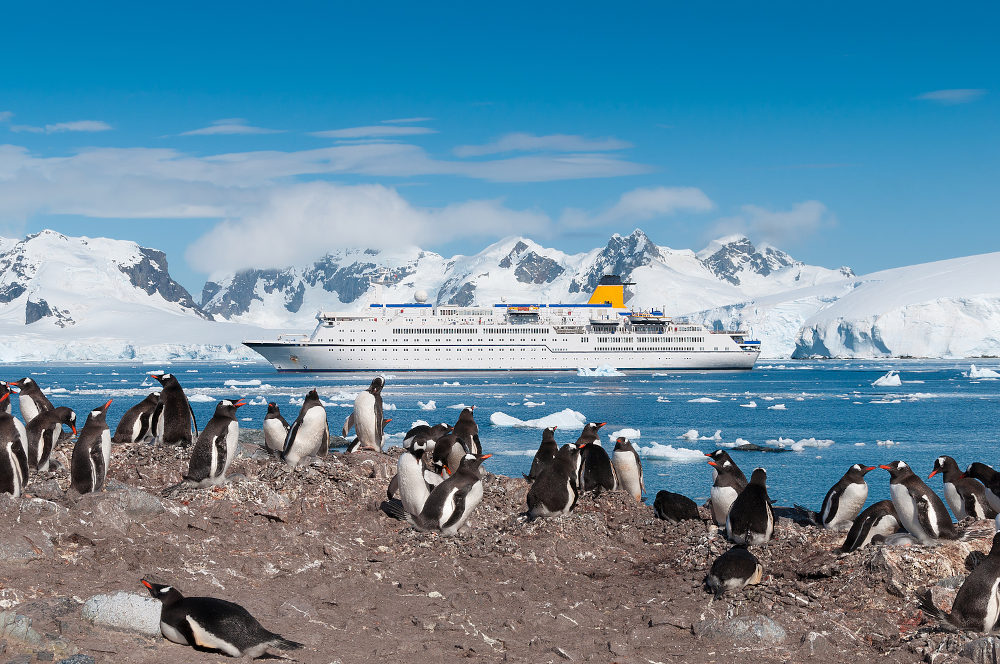
Can I stay overnight in Antarctica?
One of the most unique experiences you can have in Antarctica is spending a night on the icy continent. If you’re up for this extraordinary adventure and have a sense of adventure, staying overnight will be an incredible highlight of your trip. There are specialised tour operators that offer overnight camping options for those who want to truly immerse themselves in the Antarctic wilderness.
Imagine setting up camp on pristine snow, surrounded by breath-captivating landscapes and the serene beauty of nature. As dusk settles, you may even witness the mesmerising spectacle of the Southern Lights dancing across the sky. It’s an unforgettable experience that very few people get to enjoy.
However, it’s important to note that camping in Antarctica is not for everyone. The extreme conditions and remote location make it a challenging endeavour. You’ll need proper gear and equipment designed for harsh polar environments, as well as experienced guides who can ensure your safety throughout your stay.
Final thoughts
Antarctica is truly a destination like no other. Its pristine beauty, awe-inspiring landscapes, and abundant wildlife make it a must-visit location for any intrepid traveller seeking unique experiences. Exploring this frozen wonderland will undoubtedly leave an indelible mark on your heart and soul.












